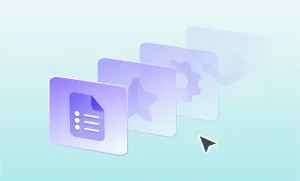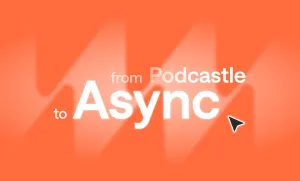Can you guess how many hours an average person spends on social media?
It’s 2 hours and 23 minutes.
That’s like watching Star Wars: Episode 3, Revenge of the Sith.
If you’re launching your own channel, promoting a personal brand, or offering a service, it’s a no-brainer that you have to get on board the social media train to promote your brand. It’s not optional anymore.
In this article, I’ll walk you through some of the actionable steps on how to market your business on social media as a content creator.
By the end of this piece, we guarantee that you will have some takeaways you can implement to make your digital marketing strategy 1% better.
Table of Contents
☑️ What’s your niche?
☑️ Who are your audience?
☑️ Where should I hang out?
☑️ How do I create a social media strategy?
☑️ How do I create engaging content?
☑️ How do I maximize reach and engagement?
☑️ Other ways to scale your business as a content creator
What’s your niche?
A niche is basically where you’re good at as a content creator. It’s a specific topic, area, or industry where you excel and that will set you apart from the other creators. If you’re an expert in a specific field, then you can choose whom you will serve and how you will package your narratives.
For example, lawyer and personal finance expert Erika Kullberg positioned herself as a “Money Lawyer Erika.” This gives her instant credibility and authority to share her money-saving tips with her huge following by focusing on “reading the fine print” to uncover the hidden fees, benefits, and saving opportunities.

As of this writing, she has reached 21 million followers on her combined social media as a content creator and podcaster. With her expertise in a lucrative niche, she was able to use her platform for advertising opportunities and partnerships with other brands.
Who are your audience?
Reality check. You can’t serve all people.
That’s why having a target audience will help you lay the groundwork. Audience research is like meeting a potential partner. You get to know the person first — from habits to likes and dislikes — even on your first date.
For starters, if you’re clueless about who to target, the best way to discover your audience is to publish content for the first 90 days to see which resonates with the followers. While this may cause burnout to first-time creators, the rationale here is to create a consistent habit and establish your unique process in content creation.
Take Jay Clouse, for example. He completed a 100-day Twitter challenge, and observed significant growth in his following and engagement, stating:
"By focusing on this challenge for 100 days, I did ensure that I tweeted more, and I saw results because of it.”
Think of a minimum viable product approach to get started. It doesn’t have to be perfect, but as long as it can get you out there.
From there, you would know which topics have higher virality. Your collected data will guide you where to go if you’re still unsure.
But you already have existing customer data. You can already see the pattern where they usually hang out like:
– Search engines like Google or Yahoo!
– Social media channels like Facebook, Instagram, Threads, X, TikTok, LinkedIn
– Forums like Reddit, Quora, Indie Hackers
Getting to know your customers better involves several touchpoints, as mentioned above. The good news is that you have a dozen tools, like Google Analytics (for websites), Meta dashboard, and Clarity by Microsoft, to explore and conduct some analysis that will be useful for your marketing initiatives.
Armed with first-hand customer information, you can create your buyer’s persona, a fictional character that specifically describes your ideal audience.
Where should I hang out to market the business?
Should you be everywhere? Should you focus on a few social media channels?
The short answer is: if you’re just starting, focus on one to three channels. Choosing one to two major platforms where your posts perform at their peak is even better.
Focus on where your target audience often hangs out. There’s no sense in promoting your skincare products on LinkedIn if most of your patrons are active on Facebook or TikTok as consumers.
Case in point: Nearly 60% of social media users have made a beauty purchase after seeing the product on social media, with a staggering 89% of TikTok users having bought a beauty product after discovering it on the platform.
We’ve summarized these social media platforms to give you an idea of the audience and content types you could create.
Typically, if you’re selling physical products and are involved in retail and eCommerce, Facebook, Instagram, and TikTok are your best bet for marketing since you can use more videos, images, and other rich media content types. Integrate these channels with your eCommerce platform to drive referral traffic and boost conversions.
Meanwhile, LinkedIn is more appropriate for service-based offerings, especially if you’re targeting B2B customers like decision-makers. As a content creator, you can choose where you think you can best serve your audience.
Grant Cardone, a popular real estate mogul, and seasoned entrepreneur investor, is active mainly on Instagram. Although you’ll see some of his videos on Facebook Reels, the frequency of posts is higher on Instagram.

How do I create a social media strategy?
There are two ways you could approach content creation: humans only or co-pilot with AI tools. The former requires more time and effort. But the output is pristinely original, relatable, and personalized.
On the other side of the spectrum, you could use AI tools to speed up this process–from brainstorming to drafting the texts and editing.
According to a HubSpot report, 67% of marketers say AI helps them save time and speed up content creation. So, it’s up to you how you would approach the strategy.
Here’s how to get started:
1) Set S.M.A.R.T goals
First things first: define your objectives using the SMART framework. Make them Specific, Measurable, Achievable, Relevant, and Time-bound. Instead of unclear goals like "increase followers," aim for "gain 1,000 new Instagram followers in Q3.” Such precision will fuel your focus daily.
2) Develop a content calendar
Imagine having your social media command center. You can map out your posts and when to post them. That’s the beauty of a content calendar in place. You could map out key content themes, special campaigns, and posting frequency. This will help you stay on top of your marketing activities as you mix and match content types across channels.
3) Strike the perfect balance of messaging
In his book, Building Your Story Brand, Donald Miller says, “Your customers don't care about your story; they care about their own.”
We couldn’t agree more.
People don’t care about your brand. They care about how you would help them with their problems. They’re not tuning in for constant sales pitch.
So, ensure you’re strategically serving a hearty of helpful, valuable content with only a sprinkle of your promotional messages. The 80/20 Principle works well in this arena.
If you feel like being extravagantly generous, you can follow the footsteps of Hrabren Lindfors (@marketingharry) who really goes beyond content creation and spills insane secrets, cheat codes, hacks, and tips in the world of social media marketing.

From 30-day Instagram story ideas to how to make viral videos, you’ll find a wealth of content that you’ll surely bookmark. As a content creator, he doesn’t show himself much on videos, but he posts carousel types, static designs, and faceless videos regularly.
How do I create engaging content?
Videos are the most effective type of content for engagement and brand exposure. But you can always mix it with other types of content to avoid ad fatigue. When customers are exposed to the same ads and messaging, they tend to get immune and lose interest.
Here’s a list of content types you can experiment on:
- Short-form video. This format is supreme, with 66% of consumers finding it the most engaging. Ideally, TikTok, Instagram Reels, and YouTube Shorts will do well if you want quick, attention-grabbing content.
- User-Generated Content (UGC). UGC builds trust, with 80% of people saying it affects their buying decisions. You could encourage users to share and feature their reviews on your channels.
- Brand values content. Nearly half of marketers use content reflecting brand values, as it resonates with socially conscious consumers. Plus, it makes your brand more authentic and less salesly.
- Funny and relatable content. Humor pays off, with 59% of marketers surveyed planning to increase funny content in 2024.
Remember, stories sell more than what you’re offering. If you prioritize value over sales and pitches, customers will likely trust you and follow your brand because you’re not there just to sell.
The most difficult part of content creation is getting started. According to Hrabren Lindfors (@marketingharry), “If you don’t have an audience or haven’t adequately nurtured them, you should focus 80% of your efforts on growth-oriented content.” This visual paints more clarity on this:
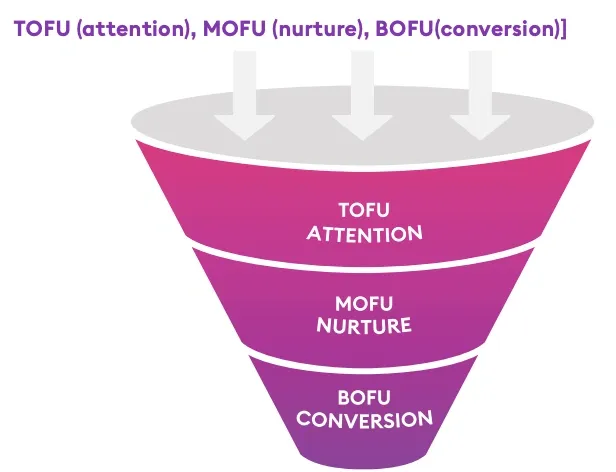
You could do top-of-a-funnel posts to create brand awareness if you're just starting. Here are some examples to kick things off:
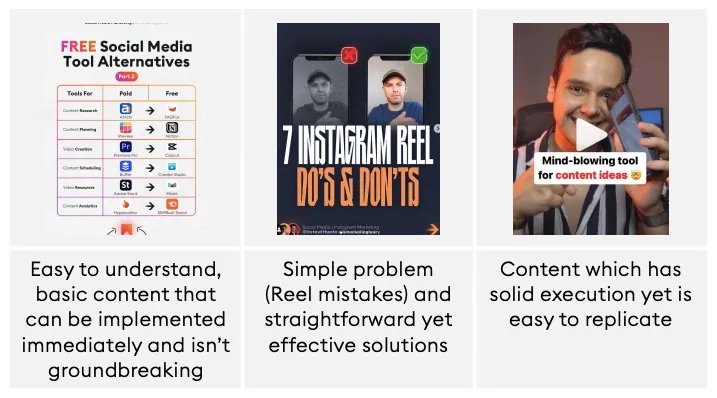
If you want to be more experimental and bold in your campaigns, be aware of cultural moments and trending hashtags to ride the wave and create timely posts that your audience will likely engage in. I’ll talk more about these in the next section.
How do I maximize reach and engagement?
Let’s assume you already have a system for your content creation process. The next question begs: how do I maximize reach and engagement?
If you diligently choose the hard path of embracing a 90-day or 100-day challenge, your data will give you more clarity on the best and worst-performing posts. You will know the best time to post, what content resonates with your followers, and more.
Other best practices you can do to take this one notch higher are the following:
1) Optimize the times and frequency of your posts for...
- Timing. Make sure you post according to the peak hours of each account. In general, for example, if you’re on Instagram, aim for 7:00 to 8:00 am on weekdays and 9:00 to 10:00 am on Facebook, according to Buffer. The times may be different depending on the data you collect from your platforms.
- Frequency. Always tailor your messaging to each platform and keep a consistent schedule to maintain visibility.
2) Use hashtags strategically for...
- Relevance. Hashtags help you find relevant audiences to match your posts for discoverability. Use them sparingly and strategically. Consider the platform-specific best practices to avoid getting banned or being identified as a spammer.
- Trends. Try to engage with relevant trending hashtags and join the conversations to get an uptick in your posts. The downside is that once the trend is over, expect a declining trend in your views. It’s a short-term tactic, but it works wonderfully if you play it right.
3) Engage with your followers — genuinely connect using...
- Interactive content. You can try polls, quizzes, and Q&As to get to know your followers. Before you do the offers and selling, bring in value first to let them know you truly care about their needs and your motivation to help them. You could host live Q&A sessions and let them fire you with random questions to make them feel you’re all in for value rather than selling upfront.
- Community-first approach. Encourage your followers to give you feedback or share their stories about your product or service. Sometimes, the best advice comes from a stranger with a different perspective.
4) Collaborate with influencers and other brands through...
- Influencer partnerships. With an influencer on your side, you can improve your credibility and reach. Choose someone aligned with your values and niche and make amazing content your followers will love. Take note that nano-influencers (1,000 to 5,000 followers) have an engagement rate of 2.19%, outperforming mega-influencers.
- Brand collaborations. Partnering with brands for campaigns you support is an opportunity to expose your brand to other followers. But ensure that you are aligned with the values and offerings of those brands you want to work with. Say if you’re a mommy content creator embracing natural mothering, like breastfeeding. It may be a challenge for you to create content for a formula milk brand. Are you comfortable talking about formula milk when, in reality, you’re doing otherwise?
Other ways to scale your business as a content creator
When you’ve finally reached the top of success, you might consider other ways to scale yourself as a content creator. The reality is that you’d always have to promote your business or your brand. So, why not take advantage of the influence anyway, right?
The Kardashians found fame in their reality TV show, leveraged their influence, and launched different brands. In short, they have evolved to build their empires in the beauty, fashion, and other industries.
The list could go on, but we wanted to highlight the following to inspire you and challenge you to have a bigger vision than for the brand.
1) Michelle Phan: From YouTuber to Cosmetics Brand Owner
In 2007, Michelle Phan started her makeup tutorials on YouTube, which gained popularity among viewers. Her knack for explaining complex makeup techniques made her one of the first beauty influencers to achieve mainstream success.
Fast forward to 2017, she launched her rebranded cosmetic brand and built her business — in the same industry she’s passionate about. But she’s still regularly posting podcasts on her channel.
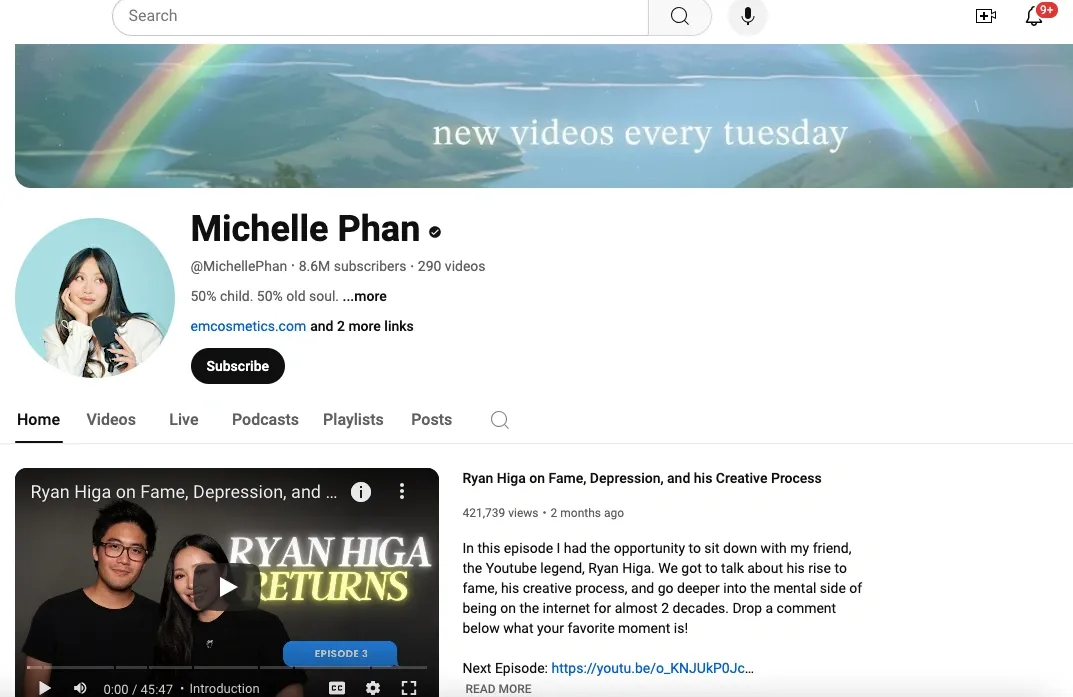
2) Jimmy Donaldson or a.k.a Mr. Beast: From Mr. Beast to Entrepreneurial Ventures
Mr Beast is one of the entertainment titans who has made a name for himself through viral content creation on YouTube. At 26 years old, he has a net worth of more than $500 million.
With his fame and popularity, he explored other entrepreneurial opportunities, such as Feastables, a snack brand, Mr BeastBurger, a virtual restaurant chain, and other philanthropic initiatives.
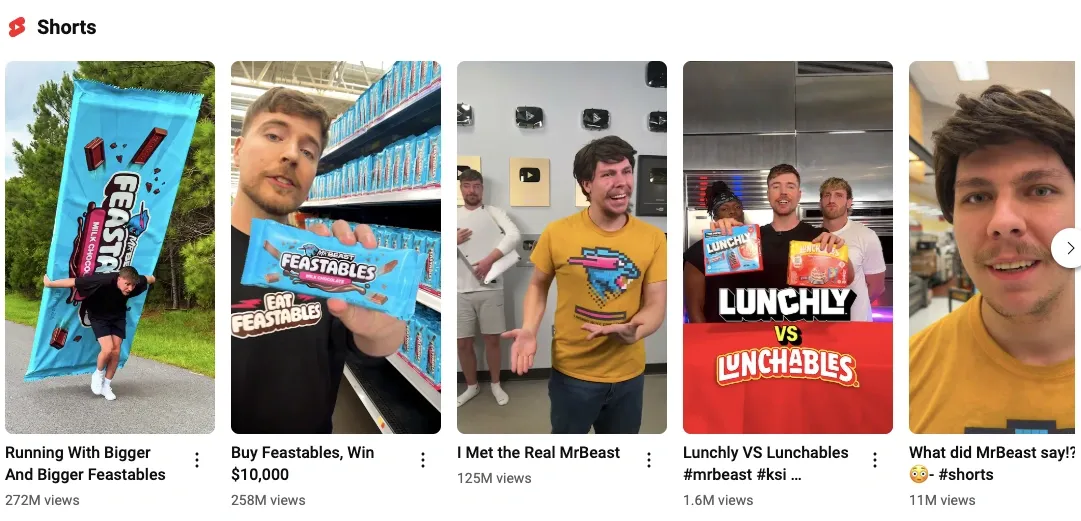
3) Michell Khare: From Content Creator to Launching a Fitness App
Last but not least, Michelle Khare rings a bell among fitness enthusiasts known for her “Challenge Accepted” series. This YouTube content creator was able to amass a huge following with her series and launched her own fitness mobile app, MKFit. She aimed to help users stay motivated with their fitness goals through guided challenges presented in videos.
All these are possible with an app development company and a team on her side to make her vision a reality.

Final thoughts
Social media marketing isn't just about showing up — it's about showing up strategically. From finding your perfect niche to engaging authentically with your audience, success comes from consistent value delivery and genuine connection.
The hardest part is getting started, but everything is possible with the right tools by your side. Podcastle transforms this journey, offering AI-powered solutions that turn basic recordings into studio-quality content.
With features like noise reduction, voice enhancement, and background music libraries, you can focus on what matters most — creating authentic connections with your audience.
Remember, your content quality is just as important as your message.
Don't let technical limitations hold back your content dreams — Podcastle's AI magic is just one click away from leveling up your social media strategy.
Meet the Author: Maria Krisette Lim
|
|
Maria Krisette Lim is a Content Marketer and Copywriter with over 13 years of experience producing web and print ad content. Krisette loves writing at the intersections of digital marketing, technology, finance, and entrepreneurship. When she’s not tinkering with words and punctuation, she’s either curled up with a book while sipping hot tea, playing golf, or blogging her thoughts on SetteWriter. |






